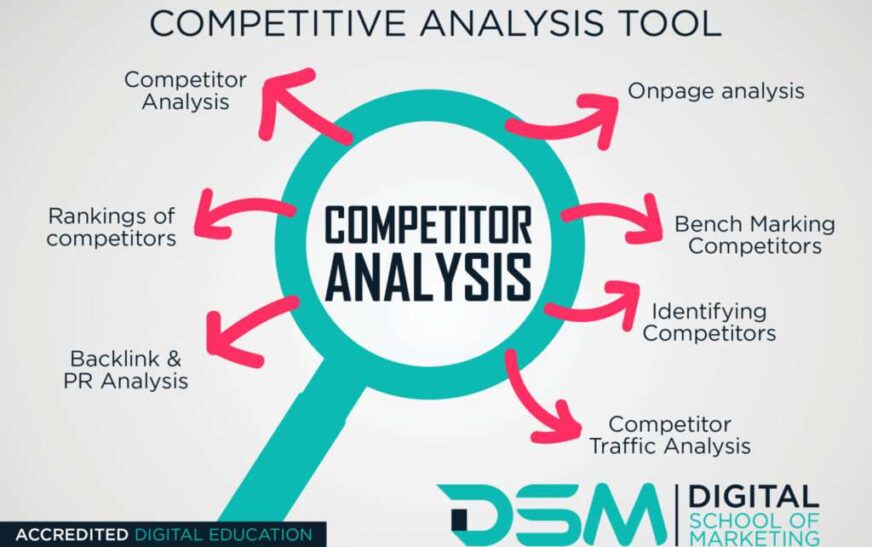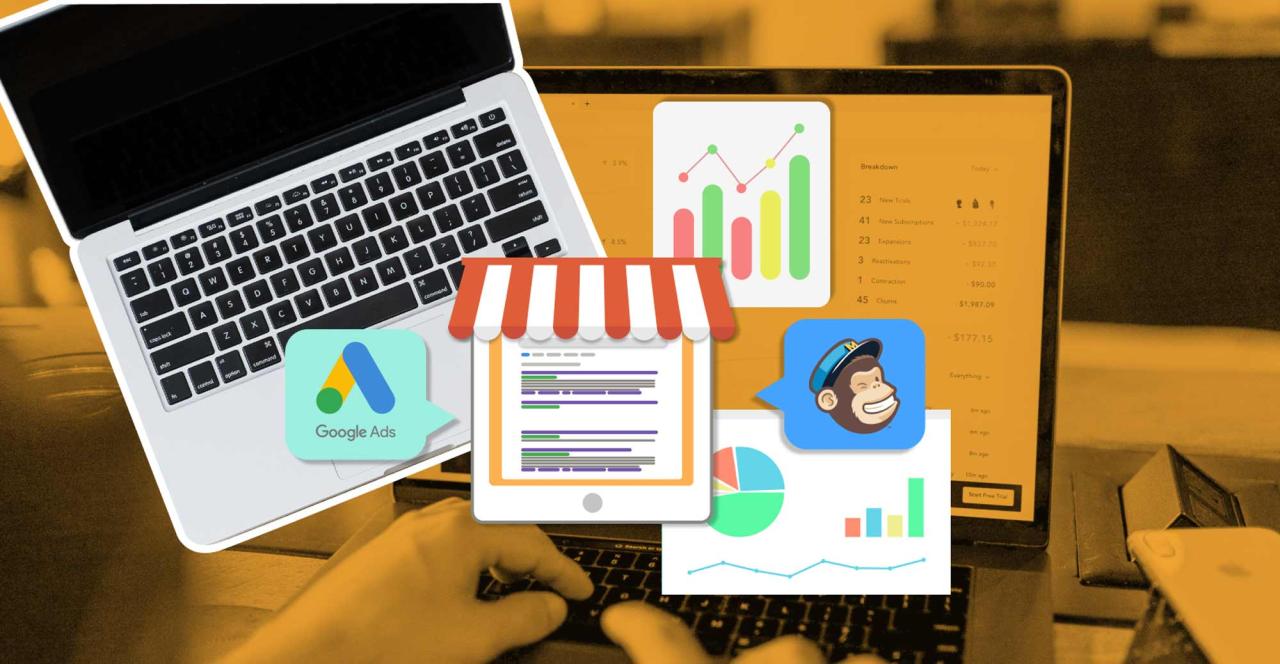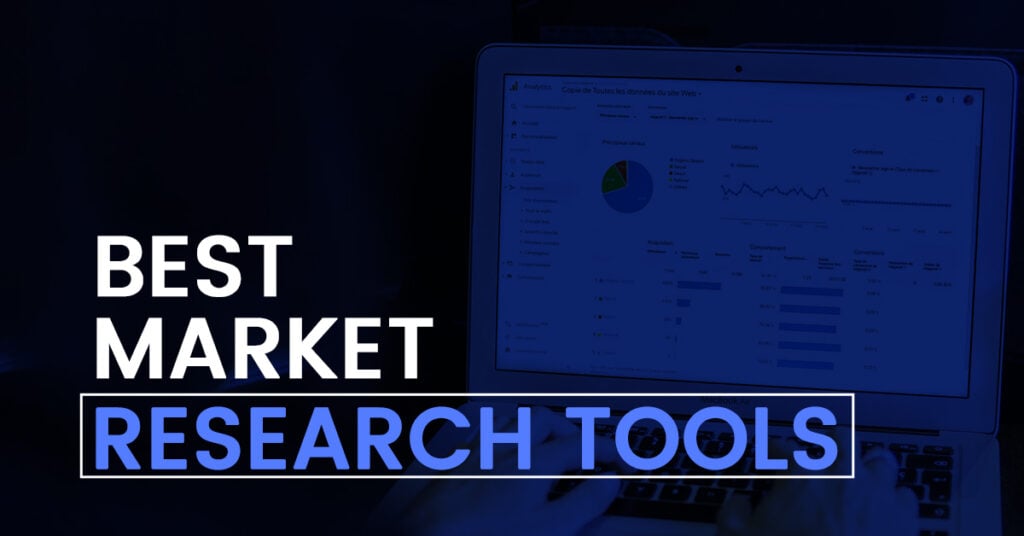Delving into How Digital Tools Can Help You Monitor Competitor Activity, this introduction immerses readers in a unique and compelling narrative. Monitoring competitor activity is crucial in the business world to gain valuable insights and stay ahead of the competition.
By utilizing digital tools specifically designed for competitor monitoring, businesses can access real-time data, track competitor strategies, and make informed decisions for strategic planning. Let’s explore the importance of monitoring competitors and how digital tools can revolutionize this process.
Importance of Monitoring Competitor Activity

Monitoring competitor activity is a crucial aspect of running a successful business. By keeping track of what your competitors are doing, you can gain valuable insights that can inform your strategic planning and decision-making processes.
Strategic Planning Insights
Understanding your competitors’ strategies, strengths, and weaknesses can help you identify opportunities for growth and development within your own business. By analyzing their actions, you can adapt your approach to stay ahead in the market.
Potential Benefits
- Identifying market trends and gaps that your competitors have overlooked.
- Staying informed about new product launches or innovations in the industry.
- Anticipating competitive threats and preparing effective counter-strategies.
- Improving your own products or services based on competitor feedback and customer preferences.
Digital Tools for Competitor Monitoring
Monitoring competitors in the digital age has become easier with the help of various tools specifically designed for this purpose. These tools can provide valuable insights into competitor strategies, allowing businesses to stay ahead of the game.
Embrace the power of technology with the best digital tools for live streaming to connect with your audience in real-time. Elevate your marketing strategy by learning how to utilize digital tools to optimize your ad campaigns effectively. Stay ahead of the game by utilizing the top digital tools for social media listening to understand your audience better and engage with them on a deeper level.
Popular Digital Tools for Tracking Competitor Activity
- Semrush: A comprehensive tool that offers insights into competitor s, backlinks, and advertising strategies.
- Ahrefs: Known for its powerful backlink analysis and research capabilities, Ahrefs is a popular choice for tracking competitors.
- Sprout Social: This tool helps monitor social media activity of competitors, including content performance and audience engagement.
Comparison of Different Types of Tools
- Tools: Tools like Semrush and Ahrefs focus on research, backlink analysis, and organic search rankings.
- Social Media Tools: Platforms like Sprout Social and Hootsuite are used to monitor social media activity, engagement metrics, and content performance.
- Advertising Tools: Tools like Adbeat and WhatRunsWhere help in tracking competitor advertising strategies across different channels.
Examples of How These Tools Can Help
- By using Semrush, businesses can identify competitor s and tailor their strategy accordingly to improve search engine rankings.
- Ahrefs can help in discovering new backlink opportunities by analyzing competitor backlink profiles and strategies.
- Sprout Social allows businesses to benchmark their social media performance against competitors and identify areas for improvement.
Features to Look for in Competitor Monitoring Tools
When choosing digital tools for competitor monitoring, it is crucial to consider the key features that will enhance the effectiveness of your competitor analysis. These features can make monitoring activities more efficient and provide valuable insights for your business strategy.
Embrace the power of live streaming with The Best Digital Tools for Live Streaming and elevate your online presence. Learn how to optimize your ad campaigns effectively by utilizing digital tools to reach your target audience. Stay ahead of the game by using the Top Digital Tools for Social Media Listening and engage with your followers like never before.
Data Aggregation and Visualization
- Look for tools that can aggregate data from multiple sources, such as social media, websites, and online platforms, to provide a comprehensive overview of your competitors’ activities.
- Visualization features, such as graphs, charts, and dashboards, can help you easily interpret the data and identify trends or patterns in your competitors’ strategies.
Real-Time Monitoring and Alerts
- Real-time monitoring capabilities allow you to stay up-to-date with your competitors’ latest moves and respond quickly to changes in the market.
- Alerts and notifications can be set up to inform you of important updates, such as new product launches, marketing campaigns, or changes in pricing.
Competitive Benchmarking
- Tools that offer competitive benchmarking features enable you to compare your performance against your competitors across various metrics, such as social media engagement, website traffic, or customer satisfaction.
- This can help you identify areas where you are lagging behind or excelling in comparison to your competitors, allowing you to adjust your strategies accordingly.
Social Listening and Sentiment Analysis
- Social listening tools can track mentions of your competitors on social media platforms and analyze the sentiment behind these mentions.
- Understanding how your competitors are perceived by their customers can provide valuable insights into their brand reputation and help you identify potential opportunities or threats.
Strategies for Utilizing Digital Tools

When it comes to monitoring competitor activity using digital tools, there are several strategies that can help you make the most out of these resources. By following best practices and implementing effective techniques, you can stay ahead of the competition and maximize the benefits of competitor tracking.
Integrating Digital Tools into Competitive Analysis, How Digital Tools Can Help You Monitor Competitor Activity
One of the key strategies for utilizing digital tools is to seamlessly integrate them into your competitive analysis process. This involves incorporating these tools into your regular monitoring routine and using the insights gained to inform your strategic decisions.
- Regularly update your competitor list and monitor new players in the market.
- Set up alerts and notifications to stay informed of any significant changes in your competitors’ online activities.
- Analyze the data collected from digital tools to identify trends and patterns that can help you anticipate competitor moves.
Maximizing the Benefits of Digital Tools
To fully maximize the benefits of digital tools for competitor tracking, it is essential to make the most of the features they offer and leverage them to gain a competitive advantage.
- Utilize advanced analytics to gain deeper insights into your competitors’ online strategies and performance.
- Track social media metrics to understand how your competitors engage with their audience and tailor your own approach accordingly.
- Monitor rankings and performance to identify opportunities for improvement and optimization.
Real-World Examples of Successful Competitor Monitoring
In today’s competitive business landscape, keeping track of your competitors’ activities is crucial for staying ahead. Let’s explore some real-world examples of businesses that have successfully used digital tools for competitor monitoring and reaped the benefits.
Case Study: Company X
Company X, a leading e-commerce retailer, implemented a comprehensive competitor monitoring strategy using advanced digital tools. By tracking their competitors’ pricing strategies, product launches, and marketing campaigns, Company X was able to make data-driven decisions and stay competitive in the market.
- By monitoring their competitors’ pricing, Company X identified opportunities to adjust their own prices, leading to increased sales and market share.
- Tracking competitor product launches allowed Company X to anticipate market trends and adjust their inventory accordingly, resulting in improved customer satisfaction.
- Analyzing competitors’ marketing campaigns helped Company X refine their own marketing strategies and reach their target audience more effectively.
Case Study: Company Y
Company Y, a software development firm, utilized digital tools for competitor monitoring to gain a competitive edge in the industry.
- By monitoring their competitors’ new feature releases, Company Y was able to prioritize their own product development and stay ahead of the curve.
- Tracking competitors’ customer feedback and reviews helped Company Y identify areas for improvement and enhance their customer satisfaction levels.
- Analyzing competitors’ social media presence enabled Company Y to engage with their target audience more effectively and increase brand awareness.
Concluding Remarks: How Digital Tools Can Help You Monitor Competitor Activity
As we conclude our discussion on How Digital Tools Can Help You Monitor Competitor Activity, it’s evident that staying informed about competitor activities is key to success in the business landscape. By leveraging the right digital tools and strategies, businesses can gain a competitive edge, drive growth, and achieve their goals effectively.








